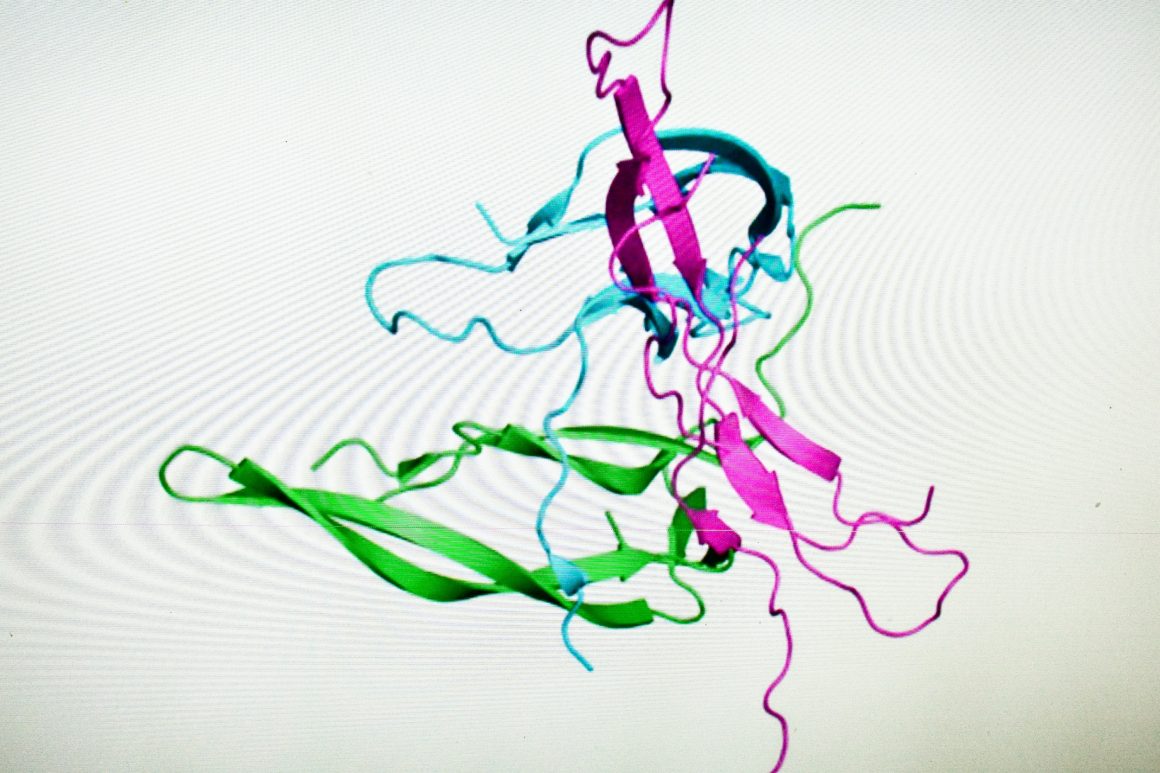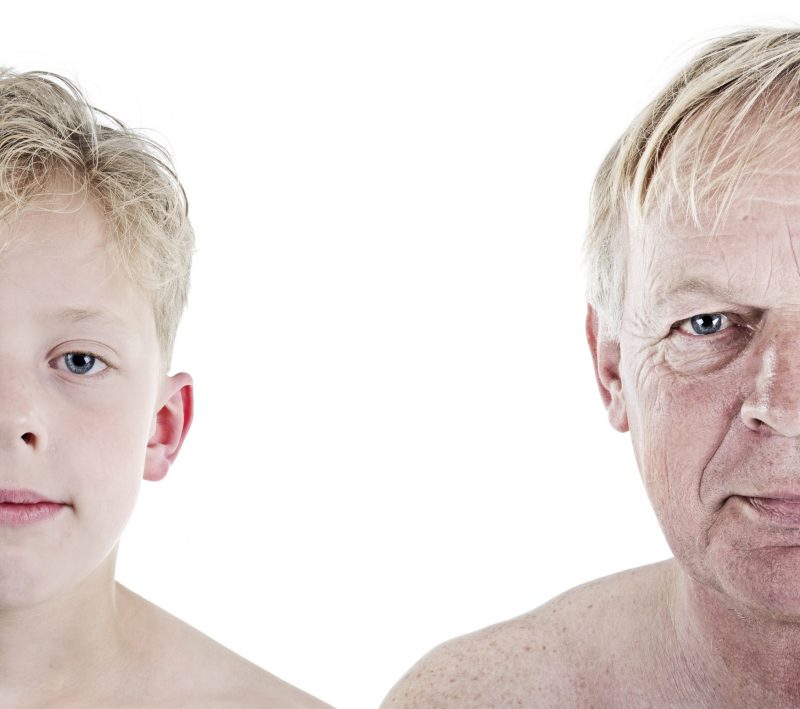A new study led by the University of Stanford has revealed that our bodies undergo three distinctive shifts during their lifespan that move aging along at a rapid pace when they occur.
You might think of aging milestones as life events, such as finishing high school or college, buying a house, getting married or having kids. But for the body, there are distinct milestones that it experiences as we age, and they aren’t the usual timeframes we think of such as turning 30, 50 or reaching the age of supposed retirement at 65.
All About Proteins
The body’s aging process centers around presence of certain proteins. These macronutrients are present in the blood, aka the body’s proteome, and are essentially the workhorses which carry messages to and from all of the body’s cells. Variations in protein levels present in the blood can mark the start, stop or change of a given biological process.
The study, published in the journal Nature Medicine, suggests that aging is spurred by three major changes to the body’s protein content through the years and that happen at specific times. These changes occur suddenly after years of protein levels in the blood remaining stable. The change may be a rapid decrease or increase, but what is notable is the change itself.
The changes are synchronized, with different proteins showing up as we hit the ages of 34, 60 and 78. The question now is, what exactly is going on around the ages and can those processes be stopped, slowed down or even reversed?

In any case it’s clear that the body’s programming changes at these ages and that this process, as the authors of the study note, is “the result of clusters of proteins moving in distinct patterns, culminating in the emergence of three waves of aging.”
The research examined the proteome of more than 4,200 adults between the ages of 18 and 95. Scientists looked at the levels of roughly 3,000 proteins present in the body which act as a window into what’s happening. Around 1,379 of those vary with age.
Previous studies have already shown the relationship between blood and aging, but now this research builds off that and could help researchers trace the newly arrived proteins back to their source at each stage.
This has the potential to help researchers predict someone’s age just by looking at their blood, however, people in extremely good or poor health can be deceiving, as people in good health have blood that indicates they are younger.
How Well Are You Aging?
The research is important as it shows there could be methods of testing how well a person is aging all the way down to the cellular level. Clinical applications such as this are still a long way off and more research clearly needs to be done, but the potential is there. Eventually, this could lead to innovations which allow a doctor to tell us if a certain organ is aging faster than the average person our age in real time.
Researchers also see potential in measuring the consequences of side effects from certain medications and how they contribute to or counteract the aging process physiologically.

